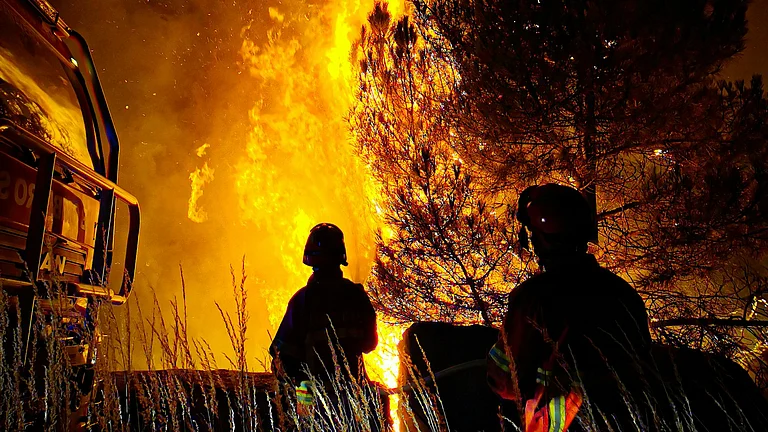Asia is presently warming at an alarming rate—nearly twice as fast as the global average, with the 1991–2024 trend almost double that of 1961–1990, according to the 2024 State of the Climate in Asia report by World Meteorological Organisation (WMO).
The report stated that 2024, which recorded a rise of 1.04 degrees Celsius above the 1991-2020 average, was the warmest or second warmest on record depending on different global datasets, with widespread and prolonged heatwaves.
The report also underscored the numerous extreme precipitation events that took place in 2024. It outlines that several extreme precipitation events during spring in Central Asia, western Asia, south-western Asia and southern China.
It highlighted the major landslides which occurred in the Wayanad district of northern Kerala in India on 30 July following extreme rainfall that killed more than 350 people. The report also noted lightning incidents that claimed about 1,300 lives across the country. One particularly deadly lightning event killed 72 people on 10 July in northern India, affecting Uttar Pradesh, Madhya Pradesh, Maharashtra, Rajasthan and Jharkhand.
WMO’s report also noted that several parts of India experienced intense heatwaves in 2024, leading to more than 450 deaths across the country. In contrast, 23 out of 24 glaciers in the high-mountain Asia region (centred on the Tibetan plateau) showed continued mass loss during 2023/2024. “Reduced winter snowfall and extreme summer heat in thecentral Himalayas (most of Nepal, Tibet and Sikkim in India) and most of Tian Shan (the mountain range shared by China, Kyrgyzstan and Kazakhstan) intensified mass loss for most glaciers,” it said.
Speaking about the trends in extreme weather across the globe, WMO secretary-general Celeste Saulo said that changes in key climate indicators such as surface temperature, glacier mass and sea level “will have major repercussions for societies, economies and ecosystems in the region. Extreme weather is already exacting an unacceptably high toll.”
Ocean Heating Became a Norm
The oceans surround Asia on three sides. The continent witnessed its average sea surface temperatures increasing at a rate of 0.24 degrees Celsius per decade, which is double the global mean rate of 0.13 degrees Celsius per decade, stated the WMO report.
The rates of sea-level rise in the Indian and Pacific Ocean areas of the continent were also higher than the global mean rate over January 1993–November 2024, heightening risks for low-lying coastal areas, the report said. The report shows that urgent action is needed to curb ocean heating and limit future climate risks.




























